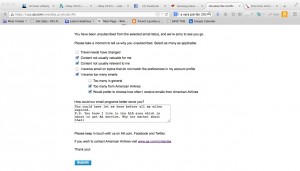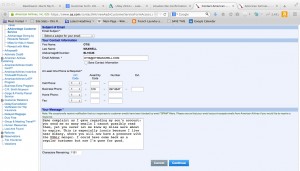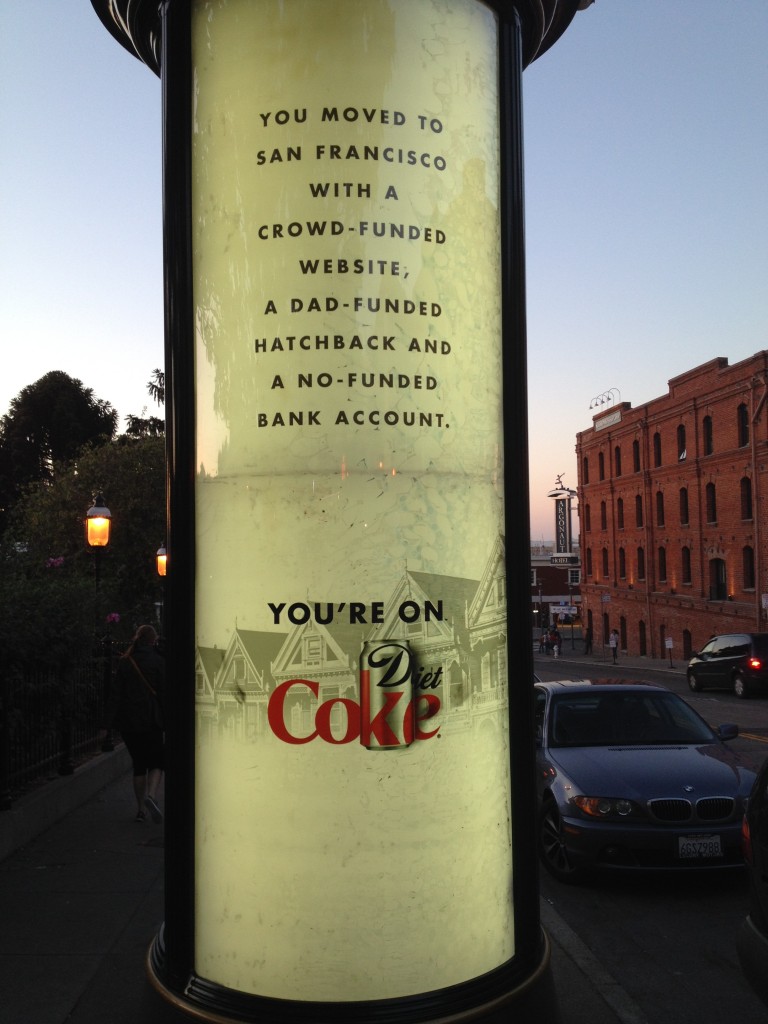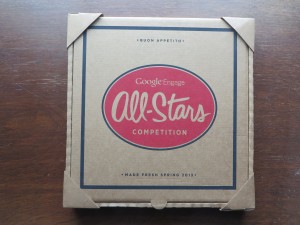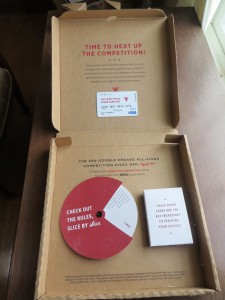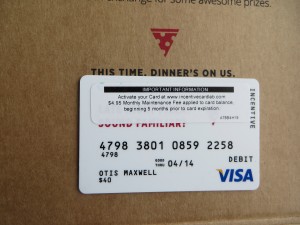Gila monsters were legendary in the southwest where I grew up. Their poisonous bite didn’t kill you immediately, but they would clamp down on their victim’s flesh and grind their jaws till the venom eventually did you in. I was reminded of this critter the last few days when trying to get a small refund from Barnes & Noble’s online persona, bn.com.
I absolutely did one thing wrong: allow a mysterious $1.69 charge (later increased to $1.99) appear on a credit statement month after month till it went on for years, in fact. I eventually took some time to investigate and discovered it was for a subscription to National Geographic for kids on a Nook device. Never mind that I never requested the subscription when I registered the device, or activated it when it showed up (if it did, as an app) or that I have not used the Nook in years… these were valid charges and bn.com expects me to pay them.
On my first call I talked to someone, likely a new hire, who thought all the charges would be reversed but she transferred me to a supervisor who disconnected me. I was unable to get back through the phone tree so emailed, then today finally had “the talk” with customer account audit. It went up the ladder to a supervisor then from there to “management” and Barnes & Noble’s final offer was to credit me for the last six months.
That’s around $10 (as I mentioned the monthly charge recently increased) vs the $60 they would have refunded if they went back to the beginning. Enjoy the $50, Barnes & Noble. Go buy yourselves some juicy prairie dogs or kangaroo rats to chew on.
